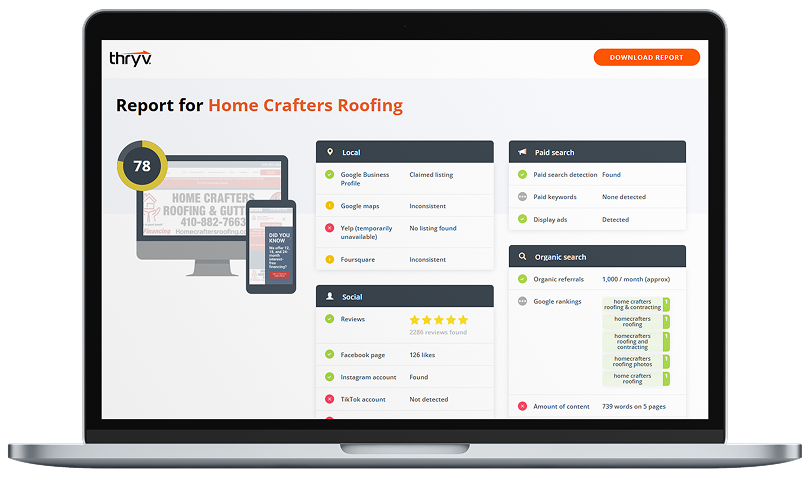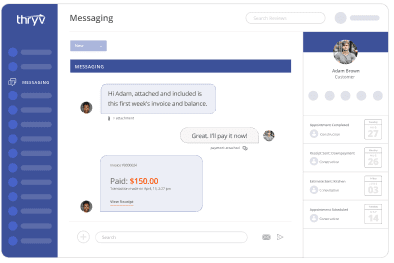If you publish any content online, Google wants to identify you as the author of what you write, whether it’s on your own website or blog, or if you contribute content to other online media. Authorship is what allows Google to show your name and photo in the search results next to anything you’ve written. It also grabs a snippet of your content to display. This is a “rich snippet”:
The value of having a photo and author link in the search results should be obvious. When you’re scanning the search results, the one with a person’s photo is going to stand out and more people will click on that link. Clicking on the “by Author Name” links to the author’s Google+ page. Clicking on the picture or the “More by Author Name” displays a list of more content by that author. Instant fame and recognition!
What’s not so obvious is that Google is moving steadily in the direction of giving preference to content that can be associated with a real verifiable person. It is part of their effort to stamp out anonymity and spam online. There is also evidence that authorship helps sites rank better in Google’s search results.
So, higher visibility, higher clickthrough rate and higher page views. What’s not to love?
How do you set up Google authorship and claim your work? Directions from Google:
- Sign up for Google+ and create a Google+ profile.
- Make sure you have a profile photo with a recognizable headshot.
- Make sure a byline containing your name appears on each page of your content (for example, “By Steven Levy”).
- Make sure your byline name matches the name on your Google+ profile.
- Verify you have an email address (such as [email protected]) on the same domain as your content. (Don’t have an email address on the same domain? Use this method to link your content to your Google+ profile)
- Return to this page and enter your email address.
Note: You can have multiple email addresses associated with your Google+ profile. You just need to verify the one(s) associated with the websites that have your content.
The important points here are that you need a Google+ profile, you need to verify your email address, and you need to have a byline on your content that matches your name in your Google+ profile.
It’s also a good idea to include a link to your Google+ profile with your byline. For example, on this blog, my bio includes a link to my Google+ profile like this:
More about me on
<a href="https://plus.google.com/102683993620901116706/about/p/pub">Google+</a>
If you’re still not persuaded, check out this list of 10 Reasons Writers Should Claim Their Google Authorship Markup.



